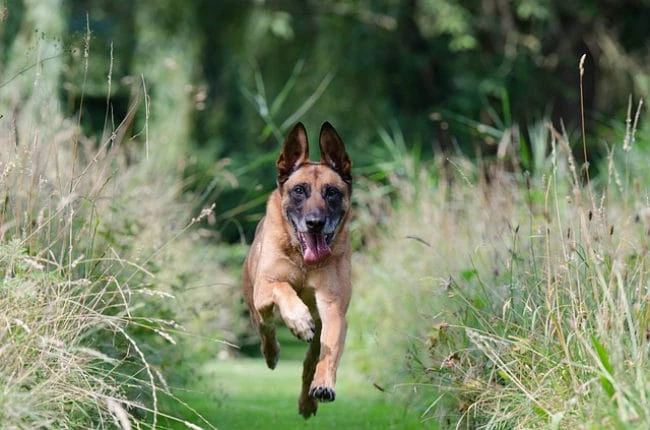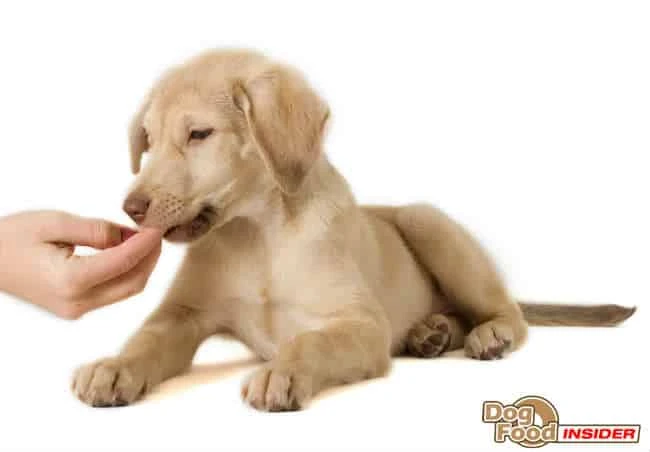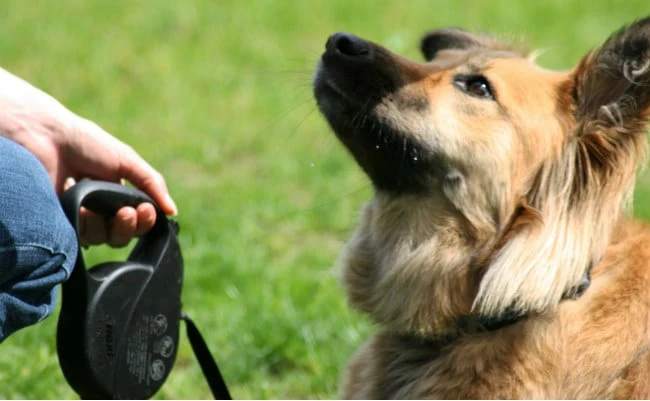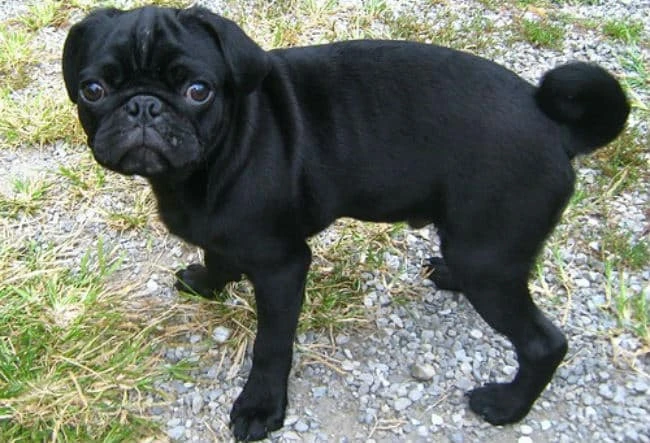Positive Reinforcement, How to Train a Puppy, Classical Conditioning
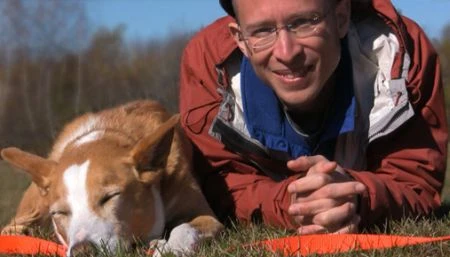
In this section we discuss positive reinforcement so that you can learn how to train a dog how to train a puppy with the best free puppy training tips, dog training commands, methods tools.
This very popular dog training technique often used by dog trainers is the complete opposite to negative reinforcement.
Positive reinforcement is a popular obedience dog technique often used by dog trainers to train a dog or puppy using rewards such as a dog treat or praise or even both.
The idea behind this training is that the reward or treat given to your dog or puppy should increase the likelihood of them repeating their behavior.
i.e. You give a treat after your dog has ‘come’ or followed the ‘sit’ command and he is more likely to repeat this behavior as he will
People like to get rewarded for certain behavior – this maybe through lots of praise or a treat. You may have received praise for being punctual at work or received a raise because your work had been continuously good.
The result of receiving this praise or reward is that your boss is expecting your punctuality or quality of your work to become more likely in the future.
This is the basic theory behind this dog training technique and it is exactly the same for your dog or puppy.
By rewarding them with a treat or praise your aim is to increase the likelihood of them repeating their behavior.
So to repeat this – as a dog trainer whether you are a home based trainer, qualified trainer or a learner.
Your ultimate aim by rewarding your dog with positive reinforcement is to increase the likelihood of them following your command in the future whether it is asking your dog to ‘sit’ or training your dog to come.
When you use positive reinforcement you need to reward your dog or puppy immediately after the event.
This is so important – in fact it is vital – there is absolutely no point in rewarding your dog ten minutes after the event as he will simply not understand why he is being rewarded.
By making the mistake of delaying the reaward your puppy will just think it’s his lucky day and he’s getting a reward as he is a bit special not as a reward for following a command.
So you need to get the timing perfect when you are rewarding your dog or puppy. The timing can come down to a matter of seconds as it can be that fast when you are training a dog or a young puppy.
For example if you are training your dog to come or ‘sit’ you need to time the reward at the moment your dog has sat down not when he has stood up – so time it right.
You may need to practice with this technique before you start rewarding with treats.
Use praise first and then when you have mastered the timing you could start bringing in a treat-you don’t want your dog to become obese when you are both practicing.
You need to be consistent in all of your dog obedience training and this is the same with all the family.
If you are using positive reinforcement to reward your dog or puppy after a particular event, you need to make sure that you are all using the same command for each required action.
If you were to use ‘stay’ and one of your family used ‘don’t move’ and then rewards your dog – he will become confused with:
(A) What is being asked of him? And
(B) What is he being rewarded for?
It is up to you what you use to reward your dog or puppy but you need to use something that your dog likes.
You may find his favorite toy works really well as a reward or a particular doggie treat – just choose something that you know your dog will view as a reward.
If you want to stop using a reward or a treat and just want to use praise you will need to start using intermittent reinforcement.
Start by gradually only rewarding your dog every four out of five times and then a little less and then only use a treat occasionally.
Although you have stopped using a treat as a reward you should still continue praising your dog every-time he has performed the required action.
After a period of time and don’t rush – although still praising your dog try not to be quite so animated – just a ‘good dog’ will do.
